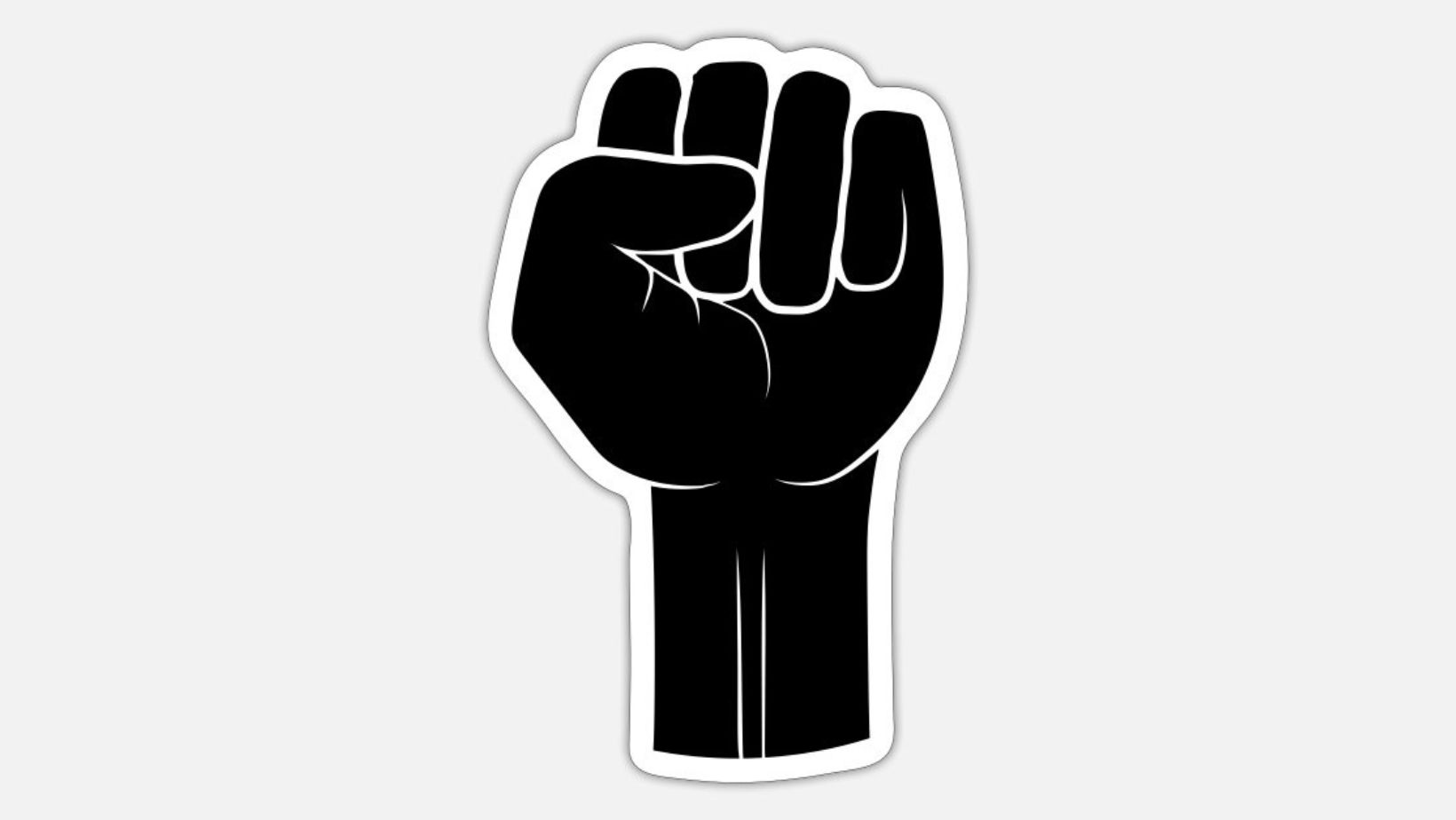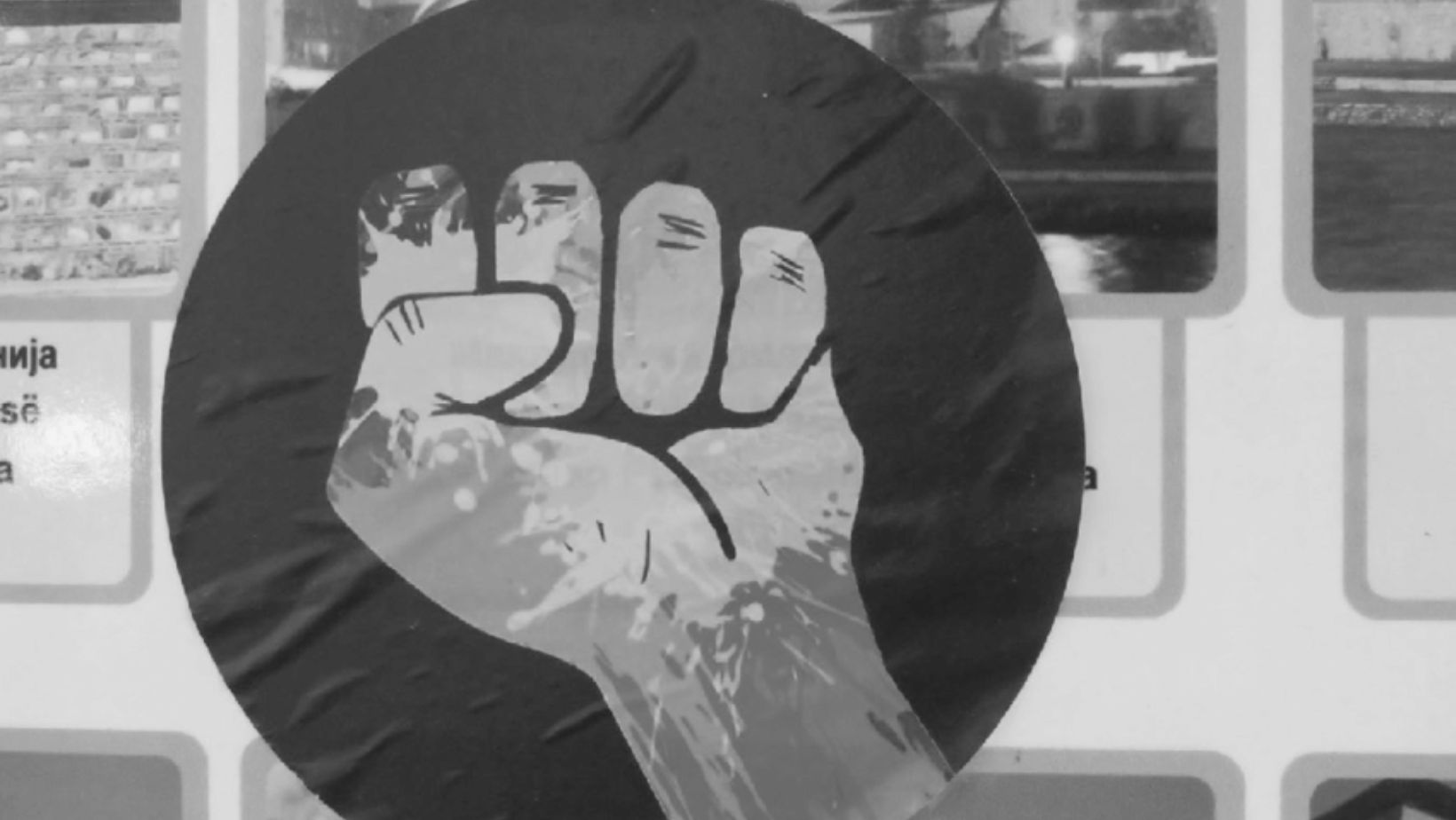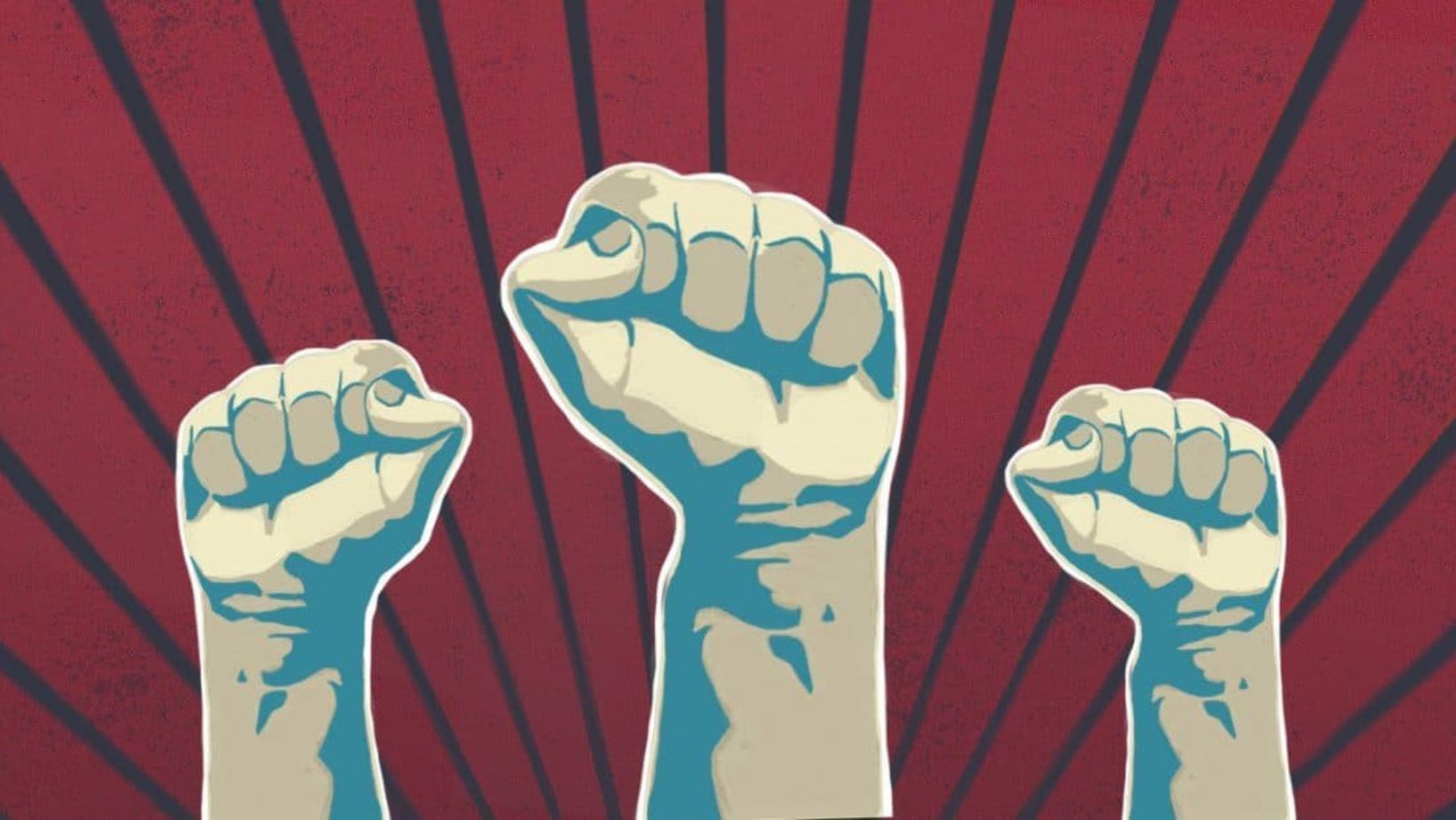Symbol:crd2ff121y0= Revolution

In an era where communication is instantaneous and global, the symbol revolution is reshaping the way people connect and convey ideas. Symbols, once simple visual representations, have evolved into powerful tools that transcend language barriers and cultural differences. From emojis in text messages to icons on digital platforms, these visual elements are redefining interaction and expression in the digital age.
This revolution isn’t just about aesthetics; it’s about efficiency and clarity. As attention spans shrink and information overload becomes the norm, symbols offer a quick and effective way to communicate complex concepts. They’re not limited to personal communication but are also transforming marketing, branding, and education, where visual storytelling is becoming increasingly vital.
The symbol revolution is a testament to humanity’s innate desire to innovate and adapt. As technology continues to evolve, so too will the ways in which symbols are used, pushing the boundaries of creativity and understanding across the globe.
Understanding Symbol Revolution

Symbol revolution represents a shift in how people communicate through visual language. Across various fields, symbols streamline interactions by transcending language barriers. For example, global road signs use universally recognized symbols, enhancing safety and comprehension for drivers of diverse linguistic backgrounds.
In marketing and branding, symbols hold significant power. Logos, like Nike’s swoosh or Apple’s apple, transcend verbal communication, creating instant brand recognition and emotional connection. These powerful visuals generate consumer loyalty and convey brand identity across global markets.
Education benefits from symbols, making complex information accessible. Icons in textbooks or educational software simplify learning by visually representing challenging concepts. This approach facilitates a better understanding and boosts engagement among students who process information visually.
Technology accelerates symbol adoption through digital platforms. Emojis, for example, enrich text communication by conveying emotions and subtleties that mere words may lack. This seamless integration into daily exchanges paves the way for continued evolution in human interaction.
Historical Context of Symbol Revolution
Symbols have played a crucial role in human communication for centuries, evolving from primitive representations to sophisticated systems that catalyze understanding.
Early Developments
Early human societies used symbols in cave paintings and carvings to convey narratives and record events. Ancient civilizations such as Mesopotamia developed cuneiform script around 3200 BCE, which combined symbolic representations with phonetic elements. Egyptian hieroglyphs, dated back to 3100 BCE, integrated pictorial symbols to document religious and administrative matters. These early systems laid the groundwork for alphabets, leading to further symbol development in communication.
Key Figures and Their Impact
 Pioneering linguists and semioticians significantly influenced the study and application of symbols. Ferdinand de Saussure, a Swiss linguist, introduced ideas about signifiers and signified that became foundational to modern semiotics.
Pioneering linguists and semioticians significantly influenced the study and application of symbols. Ferdinand de Saussure, a Swiss linguist, introduced ideas about signifiers and signified that became foundational to modern semiotics.
His insights into the arbitrary nature of linguistic signs shifted the focus from words to symbols. Charles Sanders Peirce, an American philosopher, categorized symbols into icons, indexes, and symbols, providing a framework to analyze their functions. Their work paved the way for modern interpretations of symbol usage across various disciplines.
Influence of Symbol Revolution on Modern Society
Symbols profoundly shape society’s communication dynamics. Technology accelerates and amplifies their reach, fostering impactful societal transformations.
Changes in Communication
Symbols significantly alter communication by enhancing brevity and clarity. In a digital context, emojis and icons reduce misinterpretation and facilitate emotional expression in text-based interactions. Businesses harness symbols for rapid exchange, exemplified by tech-savvy platforms using icons for user-friendly navigation. Symbols also bolster accessibility; pictograms in public transport guide users seamlessly, irrespective of language proficiency. Symbols reduce complexity, aiding efficient information dissemination in diverse contexts.
Cultural and Artistic Shifts
Symbol revolution reshapes cultural narratives and artistic endeavors. Contemporary artists integrate symbols for deeper societal commentary, like Banksy using icons for political messages. Symbols witness a resurgence in branding, offering versatility across mediums, enabling brands to evoke moods and values. Cultural symbols blend global influences, seen in fashion where designers incorporate cross-cultural motifs, promoting a shared cultural dialogue. This integration reflects ongoing societal engagement with global interconnectedness facilitated by symbols.


